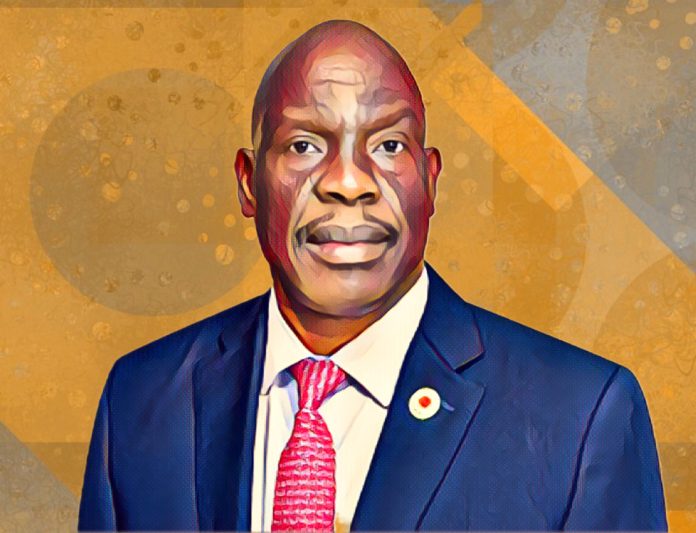Key Points
-
The Nigeria oil production rise projection signals renewed optimism.
-
Experts say the Nigeria oil production rise projection reflects better security.
-
Investors welcome the Nigeria oil production rise projection as fiscal reforms deepen.
The Nigerian Upstream Petroleum Regulatory Commission (NUPRC) says that Nigeria’s crude oil production should steadily rise over the next 18 months as security operations get better, new investments are made in upstream projects, and major infrastructure repairs are made.
The regulator said that Nigeria is finally getting back on track after years of production drops caused by oil theft, pipeline vandalism, and delays in field development across the Niger Delta.
The rise in Nigeria’s oil production is linked to better policing
Gbenga Komolafe, the Chief Executive of NUPRC, said that coordinated security operations involving the Nigerian Navy, the Air Force, and private surveillance groups like Tantita Security Services have made it much harder to tap into important pipelines illegally.
He said the crackdown was ordered directly by President Bola Tinubu, who last year ordered a full audit of the infrastructure that loses crude oil.
Komolafe said that better intelligence between agencies is helping operators get back into assets that were previously shut down.
Field restarts support the forecast for an increase in Nigeria’s oil production
He said that the Forcados, Trans Niger, and Brass-Ogboinbiri pipelines are now producing thousands of barrels a day.
Shell’s Nembe Creek line, which has recently stabilised, is also getting better.
Chevron is back to full operations at its swamp fields.
After upgrading its equipment, ExxonMobil is turning on some wells again.
Komolafe said that efforts to optimise the reservoir are speeding up the recovery of production.
New projects are driving the rise in Nigeria’s oil production
The Ikike, Egina, and Preowei projects from TotalEnergies will increase offshore volumes.
He said that the Assa North-Ohaji South gas project from Seplat Energy helps with condensate output.
He also said that First E&P is moving forward with the Anyala-Madu expansion.
He said that more operators in marginal fields can now get financing.
An increase in the number of rigs makes people even more hopeful.
Dr. Hassan Amalaha, an energy economist, said that clearer tax rules under the Petroleum Industry Act (PIA) are making investors feel better about putting their money into the industry.
Ibrahim Shelleng, an industry strategist, said that steady crude output is very important for Nigeria’s foreign-exchange liquidity, which is still very dependent on oil receipts.
Infrastructure, financing, and market volatility are still problems
Komolafe warned ageing pipelines may threaten Nigeria’s long-term output.
He noted that several critical trunklines require urgent repairs to prevent further production setbacks.
He added that evacuation bottlenecks still make sustained production growth extremely difficult today.
He said indigenous operators struggle to access financing for operations.
He noted that banks remain cautious in granting loans to upstream operators.
Nigeria’s production is currently about 1.35 million barrels per day, which is still less than its OPEC quota of 1.742 million barrels per day.
NUPRC says that if current security gains hold, Nigeria could produce more than 1.6 million barrels per day by early 2025, thanks to increased investment from TotalEnergies, Shell, Chevron, and Seplat.
Komolafe said that “discipline, investment certainty, and security resilience across all production corridors” are needed for full recovery.



